Exercises in this article:
Squat Hold and Jump Lunge | Wall Sit and Plank Shoulder Taps | Mountain Climbers and Side Shuffles | Hop-Over Burpees and Plank Hold | Partner V-Sits
Want to double the enjoyment of your workout? Double the participants! Enlisting the camaraderie of a friend can offer an extra jolt of motivation for your exercise efforts.
“Working out with a partner can help encourage, motivate, and push you past your comfort zone as you both work toward a goal together,” says Cassandra Colosimo, studio classes instructor at Life Time Woodbridge in Vaughan, Ont.
Colosimo and fellow Life Time Woodbridge master trainer Maral Habibi partnered up to develop this body-weight circuit.
“The workout is focused on building full-body strength, targeting all muscle groups efficiently and effectively to promote muscle growth while also improving endurance,” says Colosimo.
Grab a friend and tackle this routine indoors, outdoors, or wherever you have the space — all you need is your buddy and a timer.
The Workout
This circuit workout features four pairs of exercises and a fifth exercise the partners do together:
- While partner 1 performs one exercise in a pair, partner 2 performs the other.
- They’ll then swap moves, before resting for the set amount of time.
- The partners finish the round together doing the same core exercise, and then rest for one full minute before returning to the top of the circuit.
Perform four rounds of the full circuit to complete a 30-minute workout.
Solo exercisers can adapt this workout by following the intervals on their own. Modify the Plank Shoulder Taps by placing your feet on the floor or by elevating them on a sturdy box or bench. For the Hop-Over Burpees, jump over a cone, box, or other manageable obstacle.
1. Squat Hold and Jump Lunge
Then . . .
Both: Rest x 30 seconds |
2. a) Wall Sit and b) Plank Shoulder Taps
Then . . .
Both: Rest x 30 seconds |
3. a) Mountain Climbers and b) Side Shuffles
Then . . .
Both: Rest x 30 seconds |
4. a) Hop-Over Burpees and b) Plank Hold
Then . . .
Both: Rest x 30 seconds |
5. Partner V-SitsBoth: Partner V-Sits x 30 seconds Then . . . Both: Rest 60 seconds, then return to the top of the circuit and repeat for a total of four rounds. |
The Moves
1. a) Squat Hold and b) Jump Lunge
a) Squat Hold
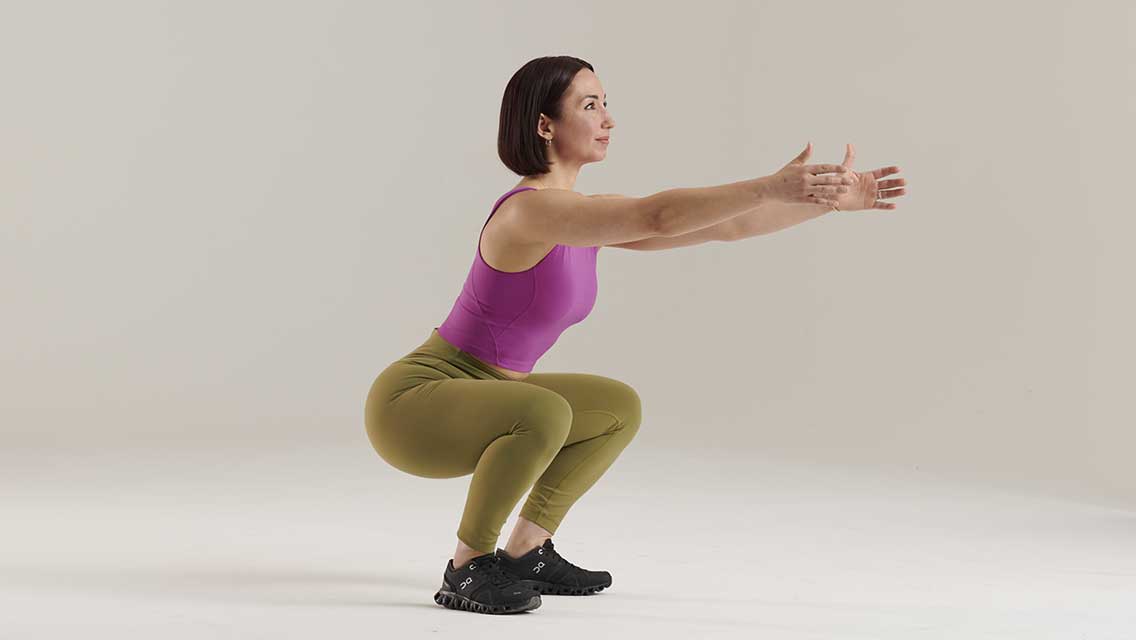
- Stand with feet shoulder width apart. Bend your knees and hips to squat down until your thighs are parallel to the floor (or as far as your range of motion will allow).
- Sit back on your heels and maintain a strong posture while facing forward with your arms out straight in front of you.
b) Jump Lunge
- Stand in a split stance, one leg forward, with both knees softly bent.
- Bend both knees to lower into a split squat, being careful not to let your front knee go past your toes.
- When your back knee is a few inches above the ground, immediately push off your front foot as you lift your back foot to jump.
- In midair, switch your feet so your opposite leg is now in front.
- Continue to repeat, alternating legs.
Make it easier: Instead of jump lunges, perform alternating reverse lunges.
2. a) Wall Sit and b) Plank Shoulder Taps
a) Wall Sit
- Find a sturdy wall and lower your body into a supported squat position with your upper back against the walls and thighs parallel to the floor.
- Brace your abs and prepare for the added weight of your partner’s feet on your thighs.
b) Plank Shoulder Taps
- From an all-fours position, step your feet back onto the thighs of your partner.
- When you are safely in position, with your legs and arms straight and your ankles held by your partner for additional support, engage your core and begin tapping your shoulders one at a time with the opposite-side hand.
- Maintain a strong core to avoid swaying from side to side as you tap.
- Repeat, alternating sides.
3. a) Mountain Climbers and b) Side Shuffles
a) Mountain Climber
- Assume a high plank position on the ground with your hands planted under your shoulders.
- Keeping your back straight, flex one foot to drive that knee toward your chest, keeping your other foot on the ground.
- Return your raised foot backward, driving the opposite knee toward your chest.
- Continue alternating feet as quickly as possible.
b) Side Shuffles
- Pick a point A and point B spaced several yards apart.
- Stand sideways at point A with your feet slightly wider than shoulder width apart, your knees bent into a one-quarter-squat position, your core strong, and your chest and eyes up.
- While maintaining this position, begin to side-shuffle toward point B.
- Maintain wide feet throughout and do not allow your heels to click together or feet to cross.
- Once you reach point B, reverse directions.
- Repeat, shuffling back and forth.
4. a) Hop-Over Burpees and b) Plank Hold
a) Partner Hop-Over Burpees
- While your partner holds a plank position, jump laterally over their body.
- On landing, immediately squat down and place your hands on the floor, about shoulder width apart.
- Keeping your arms extended, jump your legs back to land in a plank position.
- Jump your feet forward to return to the squat before returning to standing. Jump back over your partner again and repeat.
b) Plank Hold
- Assume the plank position of your choice: Support yourself on either your hands or forearms, and either the balls of your feet or your knees.
- Keeping your feet and knees together, engage your abs and glutes to keep your body in a straight line.
5. Partner V-Sits
- Sit on the floor facing one another with knees slightly bent and toes touching.
- Place your hands flat on the floor near your hips, then lift your chest and feet while keeping a slight bend in your knees.
- On your exhale extend your legs straight and up to the right of your partner’s legs (forming a V shape). Maintain a strong core http://mirziamov.ru/zaym-onlayn . Inhale to draw your legs back in. And then exhale, pushing from your core to extend your legs to the left of your partner.
- Continue in this left to right pattern for 30 seconds.
This article originally appeared as “Partners in Strength” in the September 2022 issue of Experience Life.
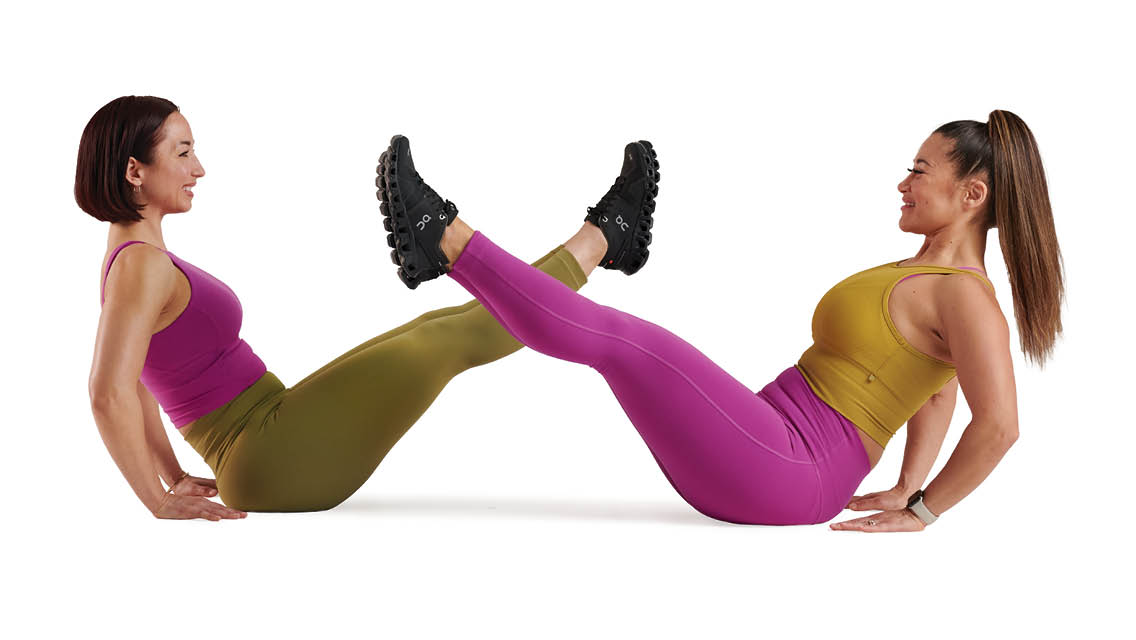

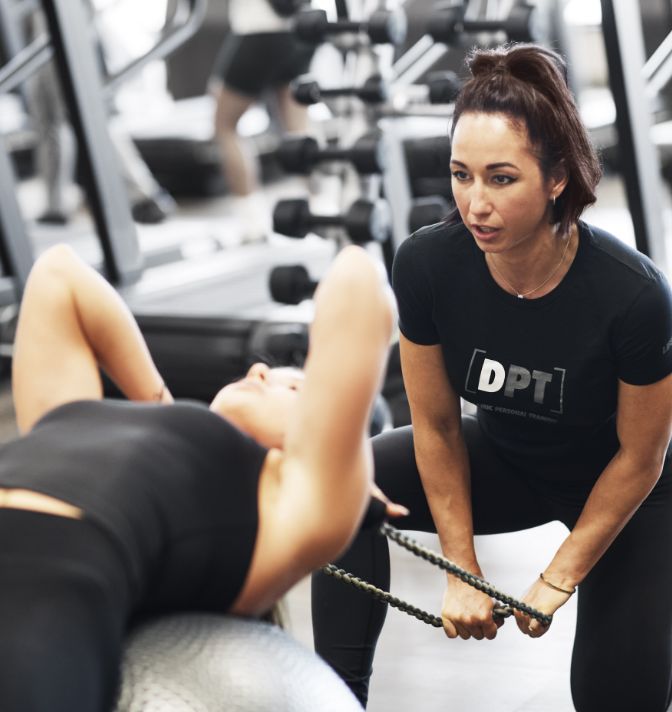
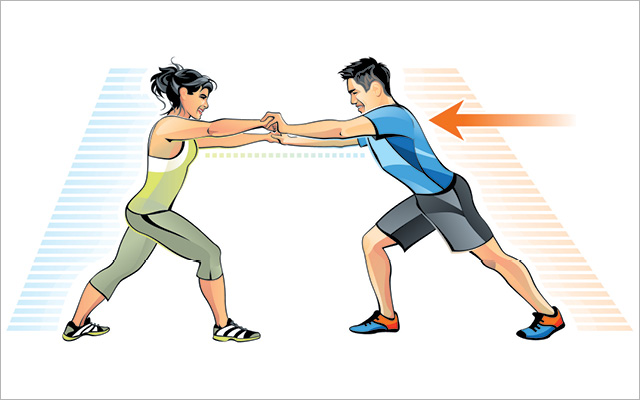
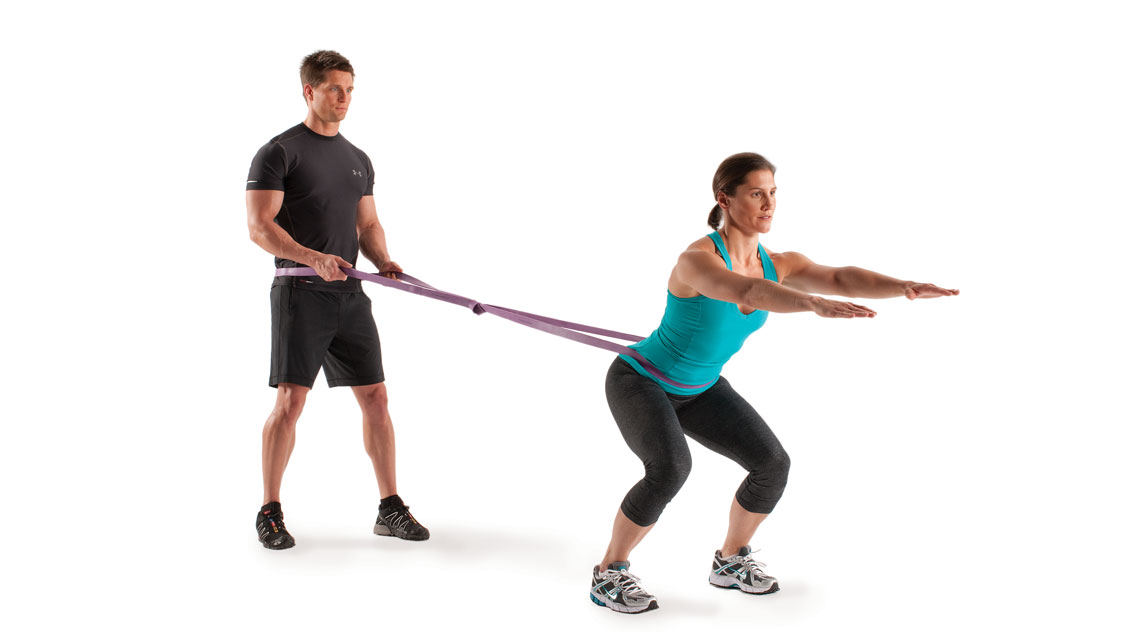
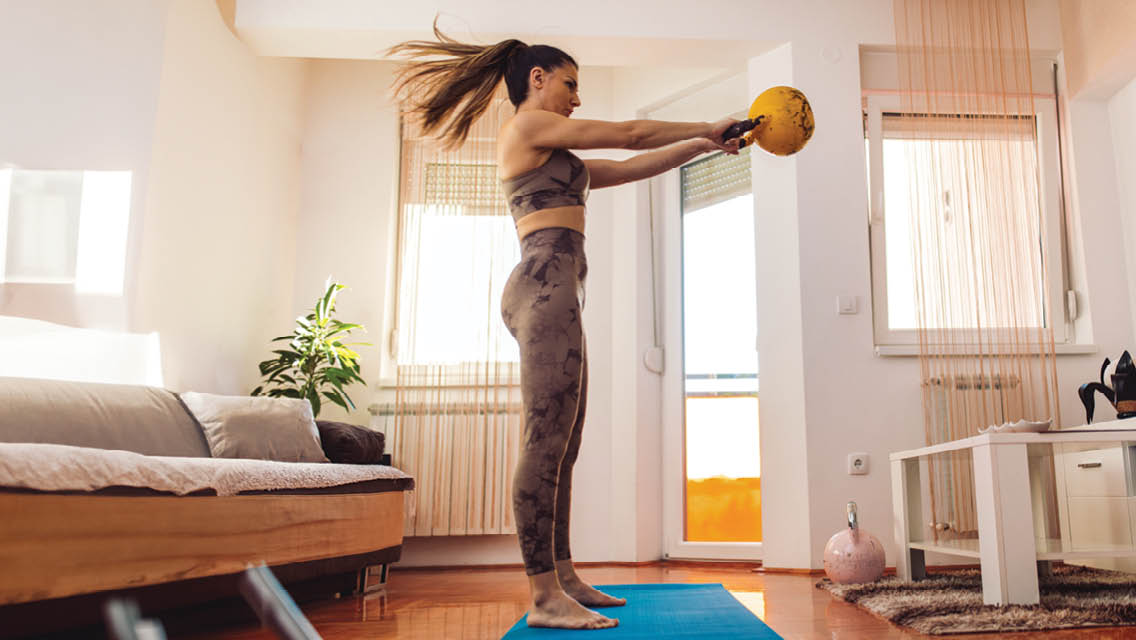
This Post Has One Comment
Although I like the idea of partner exercises and workouts to build camaraderie and connection, I immediately had concerns when reading this article and the lateral jump over in the “Partner Hop-Over Burpees” move. As an instructor and personal trainer, I would never recommend that in a class or with clients. If one partner misses the jump, they are both going to get hurt. There are many other ways to accomplish the goal of that exercise without risking injury.